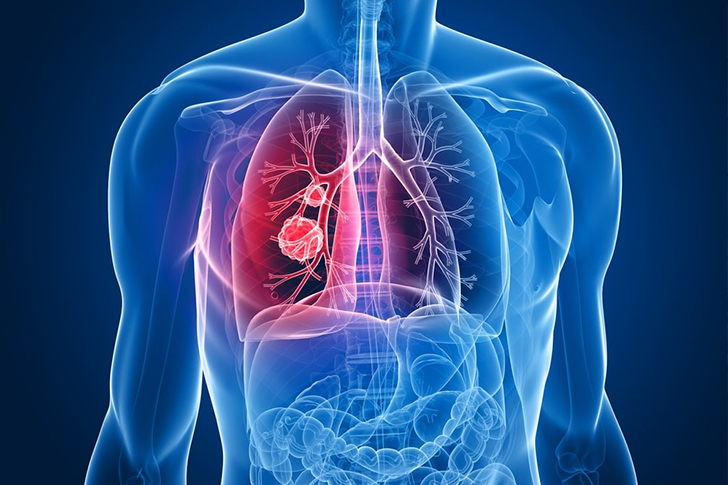5 Things You Need To Know About Lung Cancer
Lung cancer remains one of the most serious forms of cancer, leading to a significant number of deaths worldwide. Its association with smoking and other risk factors means that it is also one of the most preventable cancers. Here is an in-depth look at the crucial aspects of lung cancer that everyone should be aware of, drawing from verified data and comprehensive studies.

1. Prevalence and Mortality Rates
Lung cancer is the leading cause of cancer deaths globally. According to the World Health Organization (WHO), lung cancer claims more lives each year than colon, liver, and breast cancers combined. Data from the American Cancer Society highlights that about 236,740 new cases of lung cancer (both small cell and non-small cell) are expected in 2023, with approximately 130,180 deaths projected in the United States alone. This high mortality rate is primarily due to the fact that lung cancer is often diagnosed at an advanced stage where it is harder to treat effectively.
2. Risk Factors
Smoking is the most significant risk factor for lung cancer, accounting for about 85% of lung cancer cases in the U.S. This includes not only active smoking but also exposure to secondhand smoke. However, non-smokers can also develop lung cancer. Other risk factors include exposure to radon gas, asbestos, and other carcinogens like arsenic, chromium, and nickel. Family history of lung cancer also increases risk, and genetic predispositions are currently an active area of research.
3. Types of Lung Cancer
Lung cancer is primarily divided into two types based on the appearance of lung cancer cells under the microscope: Non-Small Cell Lung Cancer (NSCLC) and Small Cell Lung Cancer (SCLC). NSCLC is the more common type, comprising about 85% of all cases. It has three main subtypes: adenocarcinoma, squamous cell carcinoma, and large cell carcinoma. SCLC, although less common, is more aggressive and is strongly linked to smoking.
4. Symptoms and Diagnosis
The early stages of lung cancer may not produce any symptoms, which is why it is often diagnosed in more advanced stages. When symptoms do appear, they can include persistent cough, coughing up blood, chest pain, breathlessness, and unexplained weight loss. Advanced diagnostic tools are crucial in detecting lung cancer. These include imaging tests such as chest X-rays and CT scans, as well as more specific procedures like bronchoscopy and biopsy which help confirm the type of lung cancer.
5. Treatment and Survival Rates
Treatment for lung cancer depends on the type, stage, and overall health of the patient. Options include surgery, radiation therapy, chemotherapy, targeted therapy, and more recently, immunotherapy. Early diagnosis can significantly improve survival rates. The overall 5-year survival rate for lung cancer is about 25.7% but this can be much higher for localized lung cancer (61%). However, for cases where cancer has spread to distant organs, the survival rate drops steeply.
In conclusion, lung cancer remains a formidable health challenge across the globe. Awareness and understanding of its risk factors, early signs, and treatments are vital for improving outcomes. Measures such as quitting smoking and reducing exposure to other risk factors can dramatically decrease the incidence of this deadly disease. With advancements in medical research and continued focus on patient education, there is hope for decreasing lung cancer’s impact in the future.







Recent Comments